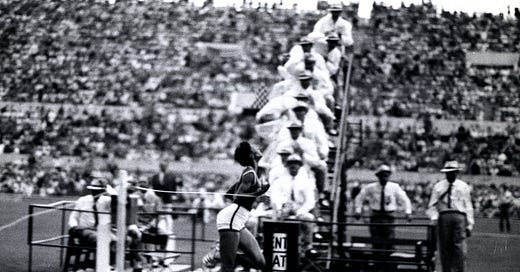Hello friends!
I am just about, almost done!
Why does it seem like the finish line keeps inching away from me? My editor let me know he’s tied up with some of the other jobs of editing that don’t involve actually redlining a new manuscript next week so he told me, no need to rush to turn it in. Which, basically tells me, I’m going to fiddle and fiddle with details for another week and then stay up all night before I need to turn it in. Again.
It's okay, it’s the way I operate. And even when I turn it in, it’s not going to be off my mind. My mind will definitely stay on the book, it will for as long as he has it while I wait for his notes, it will when I finally turn it over for the last time because I’ll then be praying that everyone loves it! And then, I’ll be shouting from the rooftops asking everyone to please, please, read and share this inspiring story!
Until, finally, maybe? One day I’ll turn my thoughts to something new.
So, today I am thinking about the famous “Tennessee Lean” that all of the Tigerbelles had to learn. Most, if not all, elite athletes have adopted this practice of leaning into the finish line, hurling your body forward in an effort to edge out any opponent that might be right beside you. In the 1950s and early 60s, however, it wasn’t common practice. It was so uncommon that the lean into the tape singled out a runner as having been trained at Tennessee State.
It seems like something so obvious, of course if you’re in a tight race leaning forward could put you a few inches ahead, but before it’s done for the first time, innovation isn’t obvious at all.
Once you’ve seen it, it seems like it would be easy enough to mimic your opponents actions yourself in the next race. And in a competition where there are multiple heats until the final round, one might even pick up the practice over the course of the day.
But what makes an action like this work? The work is to make this action so powerfully ingrained into your body that you can do it under intense stress and fatigue. Running a sprint takes the same amount of effort as running a mile. My dad tried to explain to me when I was younger and always bringing up the rear in a race, that I was always holding something in reserve. You need to pace yourself for a mile, but a sprint is when you have to put everything you have into 50 or 100 meters. When you’ve finally learned how to work your body that hard and perfected all of the techniques you need to train your gait, steps, and arm movements, you may not have a lot of room for adding last minute changes.
The fastest sprinters in in the world in 1960 ran the 100m in 12 seconds. There isn’t time in 12 seconds to change anything about your strategy on game day. The effort has to happen in practice. In days, weeks, months, and years of practice. So, the “Tennessee Lean” worked because of all of the work that happened before the race.
So, all of these days, weeks, months, and years that go into any endeavor are worth it. And I can’t wait to feel that tape across my chest.
Until next week!
xoxo Aime






Keep leaning, Aime! You've got this!